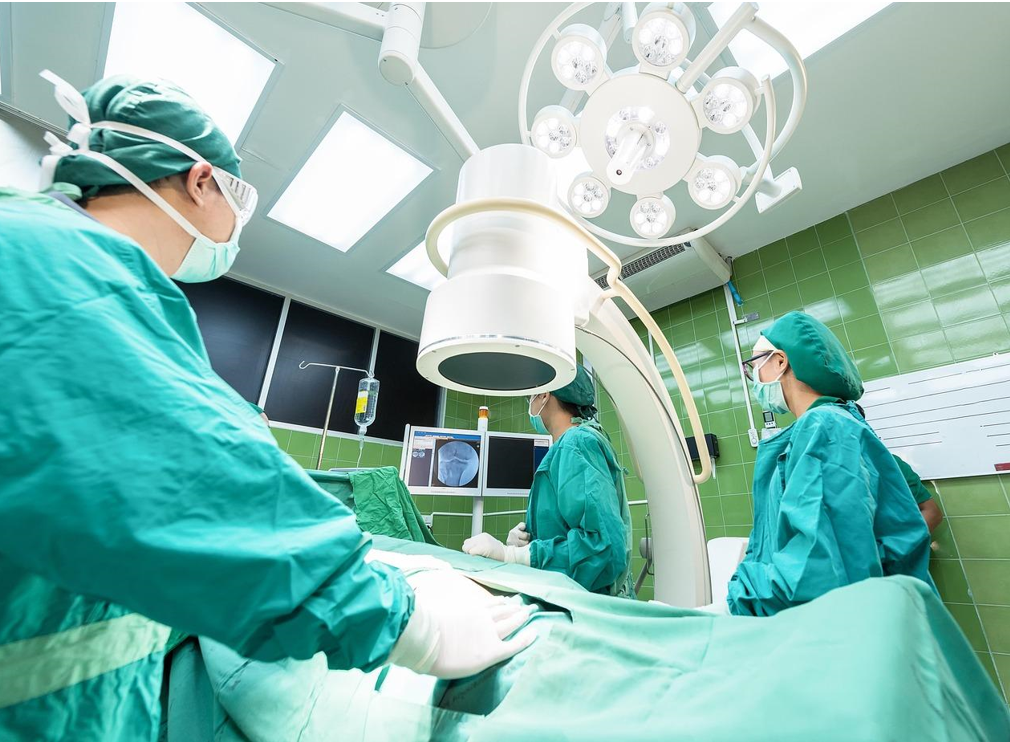When it comes to writing effective SOAP notes after an ophthalmic procedure, you must follow the standard format and include exclusive details that are relevant to the patient’s vision and eye. Make sure that the notes are objective, precise, and clearly written so that other professionals can fully comprehend the status and treatment plan of the patient.
Read on to learn more.
Following the Standards of SOAP
Let us break down the standards of SOAP, especially when it comes to taking SOAP notes for Eye Surgery and documenting the patient’s description of their respective experience, including pain and blurred vision. When it comes to subjectivity, you will also be recording the onset of the patient’s symptoms, the duration, and the intensity.
While taking notes, you must include the present and relevant medical conditions of the past, such as previous ocular surgeries, the patient’s family history of related illnesses, and the patient’s present medications, especially those medicines that could potentially affect their healing or vision. You must also document any previous surgeries, injuries, or diagnoses related to the eye.
Sticking to Objectivity in Notes
We recommend the use of charts to record the visual acuity of the patient. To get an objective analysis, you must take notes of the IOP readings using the right tools. During the slipped lamp examination, describe your findings in an objective manner. Simultaneously, take notes of the pupil size, reactivity to light, and shape. The objective documentation of the patient’s condition includes the description of their retina and optic nerve. Other document-related observations may include redness, discharge, and potential abnormalities.
Performing Assessment
After this objective and objective assessment of the patient, it is time for a diagnosis. When creating the list of diagnoses, we recommend prioritizing them in the order of possibility, such as the possibility of dry eye syndrome. Essentially, at this phase of your SOAP notes, you will be integrating the recorded subjective and objective information to come up with a diagnosis or a list of potential diagnoses, along with reasoning and explanation.
Your assessment will include the evaluation of the progress, regression, and stagnation of the patient so you can gauge the effectiveness of the ongoing treatment.
Proposing The Treatment Plan
After you have carefully assessed the patient and come up with a list of potential diagnoses, it is time for the treatment plan. An efficient treatment plan includes a list of medications, treatment procedures, and follow-up appointment dates. You must specify the date the patient must return for their follow-up appointments, and even when or if they should seek instant care in case the symptoms get worse.
Writing SOAP notes after an Ophthalmic procedure comes with constant pressure and the challenge of creating accurate documentation.
Also, there is an increasing demand for better care and better reporting which can become difficult to meet especially when you are in the middle of constant challenges that are part of the health care system first stop with the help of the right AI tool, you can automate SOAP notes or write them more effectively and accurately while saving time and effort.

